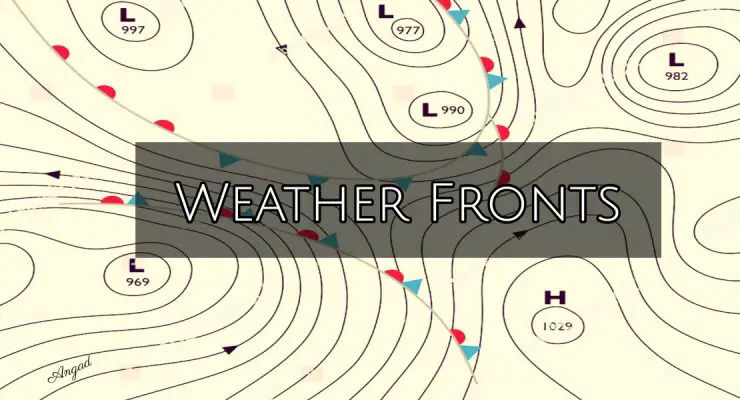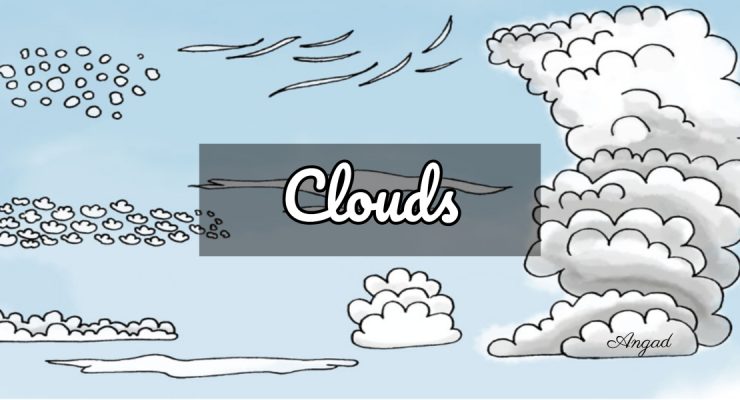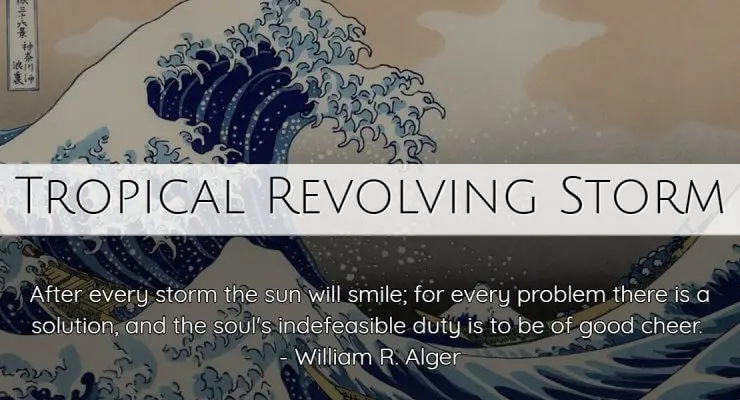Air Masses It is defined as a quantity of air with dimensions of about 500nm or so, with little or no horizontal variation of any of its properties, especially temperature. Air masses are named after the sources from which they originate. Main air masses on the Earth are Tropical Air Masses and Polar Air Masses. Changes in the weather are caused by the movement of air masses. Factors affecting the properties of an Air-MassSource region - if the air mass is of Polar origin, it will be cold and if of tropical origin, it will be warm. Its track over the Earth's surface - if it passes … [Read more...]
Clouds – Formation and Ten different Types
General Clouds are a collection of water droplets or ice crystals, or a combination of these two states of water, suspended in the atmosphere.The temperature of the air decreases steadily with increasing altitude, but the amount of water vapor does not necessarily decrease with altitude. Thus, the relative humidity typically rises with altitude. If it rises to 100% at a certain level, clouds can form at and above that level, because condensation forms on airborne dust particles.The development of clouds is accelerated by atmospheric updrafts, when moist air ascends to great heights. The … [Read more...]
TRS or a Tropical Revolving Storm
TROPICAL REVOLVING STORMS A tropical revolving storm or a TRS is a storm system with a low-pressure centre, around which winds of gale force (34 knots or force 8) or more blow spirally inwards, anticlockwise in the Northern Hemisphere (NH) and clockwise in the Southern Hemisphere (SH).TRS is common in various places in the world, but they can be called as below:“Cyclones” is used in the Bay of Bengal and the Arabian Sea. “Hurricane” is used on the western side of north Atlantic and south Pacific. “Cordonazo” is used on the eastern side of North Pacific. “Typhoon” is used on … [Read more...]
Visual Storm (Cyclone) Warning Signals for Indian Sea Ports
When storm (cyclone) warnings are given by news channels, they mostly report only the storm warning signal numbers hoisted in sea ports. What those signal numbers imply are not known to the common man listening/viewing the news.Here are some details of Visual Storm (Cyclone) Warning Signals for Indian Sea Ports.The India Meteorological Department (IMD) is responsible for providing tropical cyclone warnings. Tropical cyclone warnings are provided by three Area Cyclone Warning Centres (ACWCs) located at Kolkata, Chennai and Mumbai in addition to three Cyclone Warning Centres at … [Read more...]



